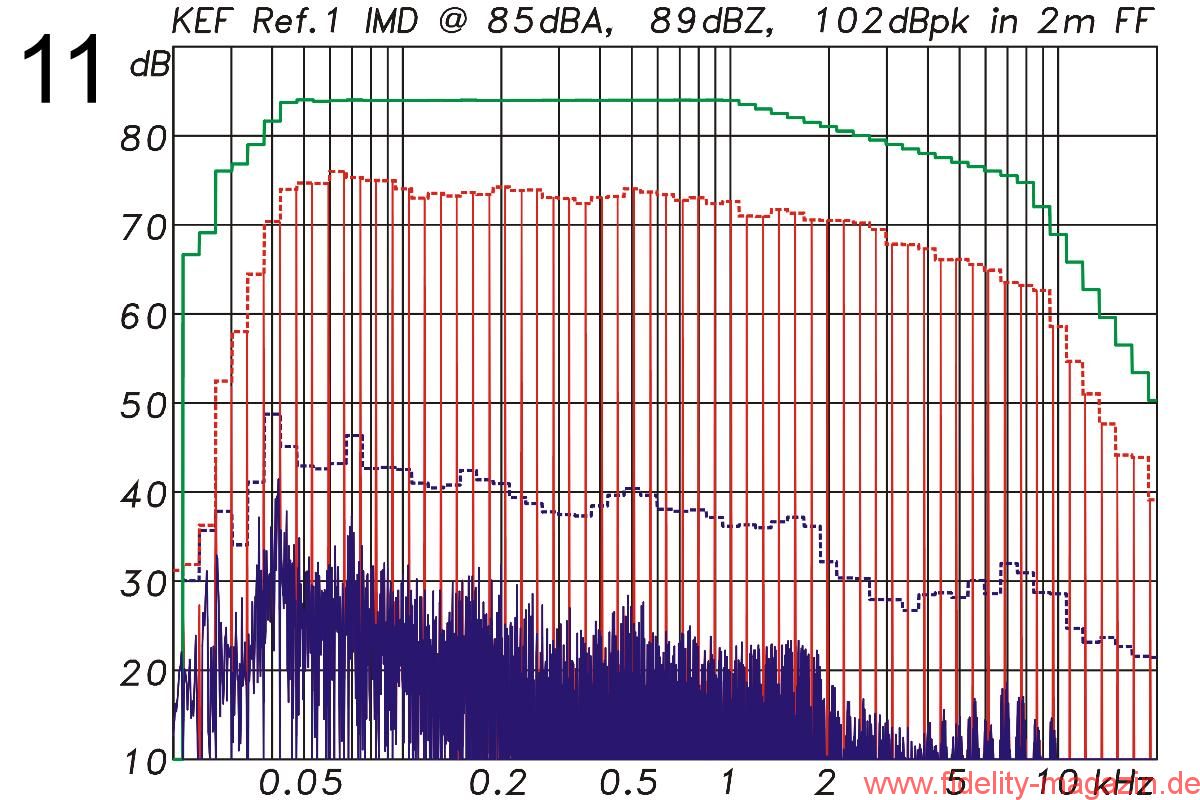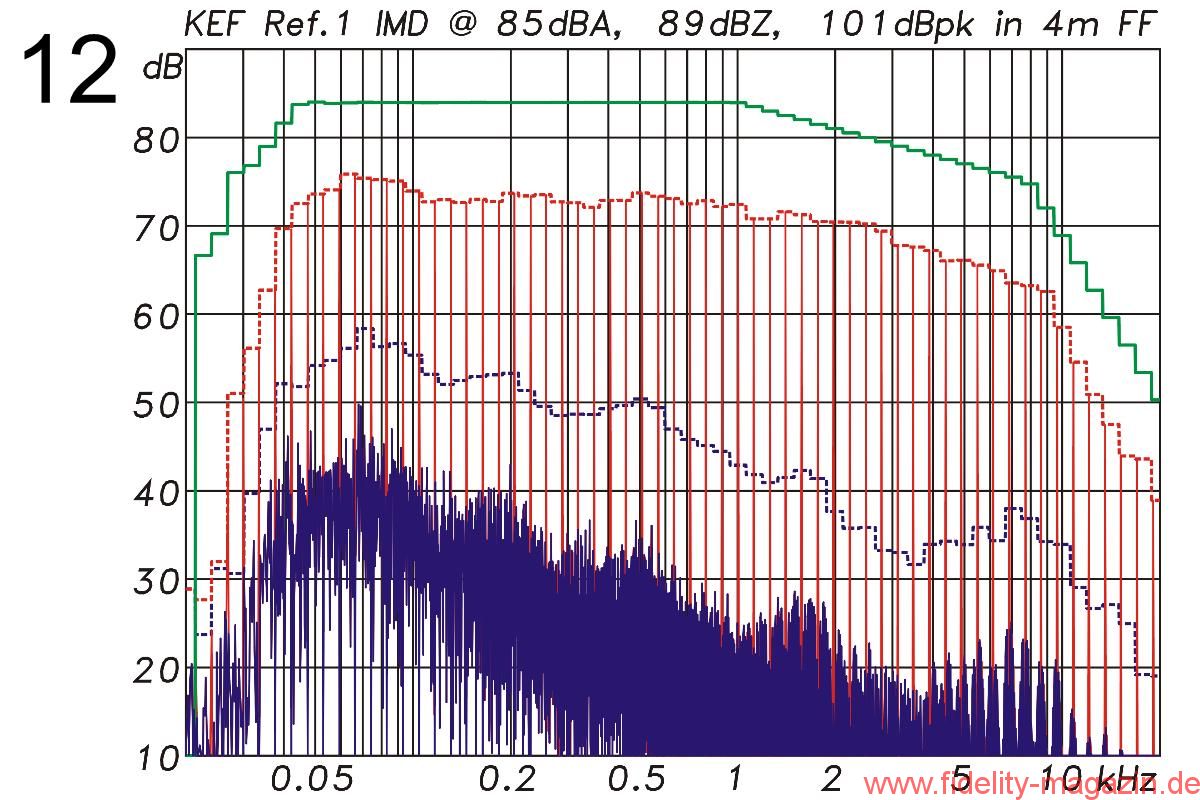Hephaestus
Active Member
I get what you're saying, and I fully believe that reviewers are influenced towards saying positive things about speakers or other products by repercussions from manufacturers.
I don't necessarily believe though that you can simply throw out all professional reviews as meaningless. I've found them valuable in guiding me to products I was pleased with, even upon comparison with other products. Sometimes a reviewer will be "politely positive and gently critical," and other times they will be gushingly positive. Does that mean in the latter case they were bribed more money, or could it mean they simply really liked the product? Especially if multiple reviewers say similar things.
Again, I compared the Type 20s and the 8341. Despite rapturous descriptions here of how good the 8341 measures (as well as this guy's review, which had me expecting the 8341s to be amazing:), I was not that impressed with the sound, especially for the price. Probably if I had not heard the Type 20s and only listened to the 8341s, they would have been the best speaker I'd heard to date. Someone who uses their speakers for professional mixing may find value in different attributes of both speakers than I did.
It seems that you are in the very beginning of your "audiophile journey". Once you educate yourself a bit more here, you may notice that the most neutral speakers will not amaze you on the first listen.
Neutral speakers are safe choice in the long run as they wont give you listening fatigue and work well with any genre of music.
It is worth noting that 8341 are very small speakers and specifically designed for ultra near field / near field monitoring. I would not buy them for regular living room use. 8361 and S360 are dynamically capable for such use.









